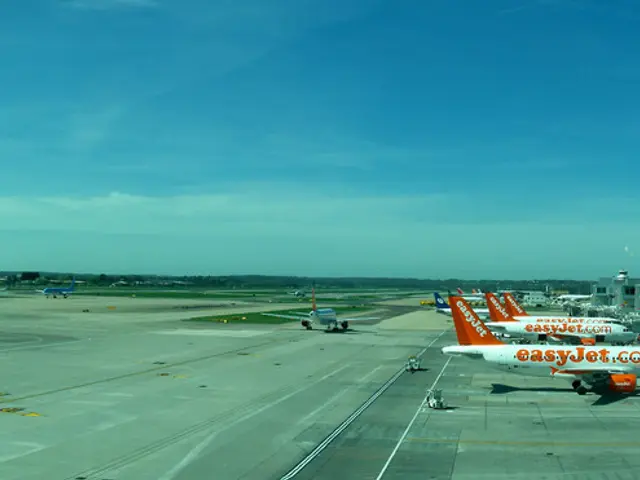Purchasing train tickets for journeys across international borders, similar to the process of buying airline tickets.
Streamlining European Train Travel: Unified Ticket Purchasing on Horizon
Starting this fall, Germany's railway (DB) will link into a technical interface aiming to unify the previously fragmented European rail system. By the end of 2026, DB plans to sell tickets for major railways in neighboring countries directly via bahn.de and the DB Navigator app. The move follows a 22% increase in international long-distance traffic in 2024, the company's strongest year in this area compared to the pre-COVID year 2019.
Despite the addition of new connections, European rail travel continues to face challenges. Green Party politician Matthias Gastel, who has been involved with the railway for years and sits on the supervisory board of DB's infrastructure subsidiary InfraGo, highlighted the absence of an integrated European rail network as a significant issue. Cross-border trips often require multiple tickets that must be purchased separately, leading to inconvenience and compromised passenger rights.
The European railways have agreed to introduce the OSDM (Open Sales and Distribution Model) interface standard, which simplifies ticket purchasing by allowing direct, standardized data exchange between rail operators and ticket vendors. This means thatDB will access the complete ticket portfolio of corresponding railways, and vice versa. Austrian and Swiss federal railways ÖBB and SBB will be the initial partners, with new partners added monthly. By the end of next year,Peterson expects almost complete coverage of Europe, enabling customers to book tickets across Europe, from Oslo to Athens or Warsaw to Barcelona, in a single step via familiar distribution channels.
The OSDM standard is voluntary for railways and distribution service providers. While it presents challenges for new market participants, particularly in terms of costs and complex implementation, DB customers can expect a streamlined booking process, enhanced transparency, improved customer experience, and broader network access.
As the international rail travel landscape evolves, experts such as blogger Sebastian Wilken describe new connections positively, but emphasize the need for more of them. Existing obstacles include high implementation costs, complexity of integration, and potential disadvantageous market positions for new participants. Meanwhile, the European Commission is working on legislative proposals to ensure a uniform digital booking and ticketing system, aiming to provide citizens with the ability to purchase trans-European journeys seamlessly, with consistent passenger rights.
While Peterson welcomes the EU Commission's goals, he expresses concerns about potential regulatory interference with OSDM implementation. The ongoing investment in OSDM IT infrastructure adds costs and time, and the EU may not introduce corresponding regulations until 2026. Nevertheless, the progress toward a more integrated European rail network is clear, with streamlined ticket purchasing, enhanced transparency, and improved customer experience poised to revolutionize European train travel in the coming years.
- The introduction of the OSDM (Open Sales and Distribution Model) interface standard aims to simplify technology in European rail travel, allowing standardized data exchange between rail operators and ticket vendors for a streamlined finance process.
- As the railways continue to expand their travel offerings, the finance sector stands to benefit from the increased integration and convenience of purchasing tickets for multiple European destinations through a single app or website.
- The streamlined lifestyle provided by the OSDM standard, with its unified ticket purchasing system, will also have positive implications for sports enthusiasts who wish to attend events across borders with ease and convenience.






